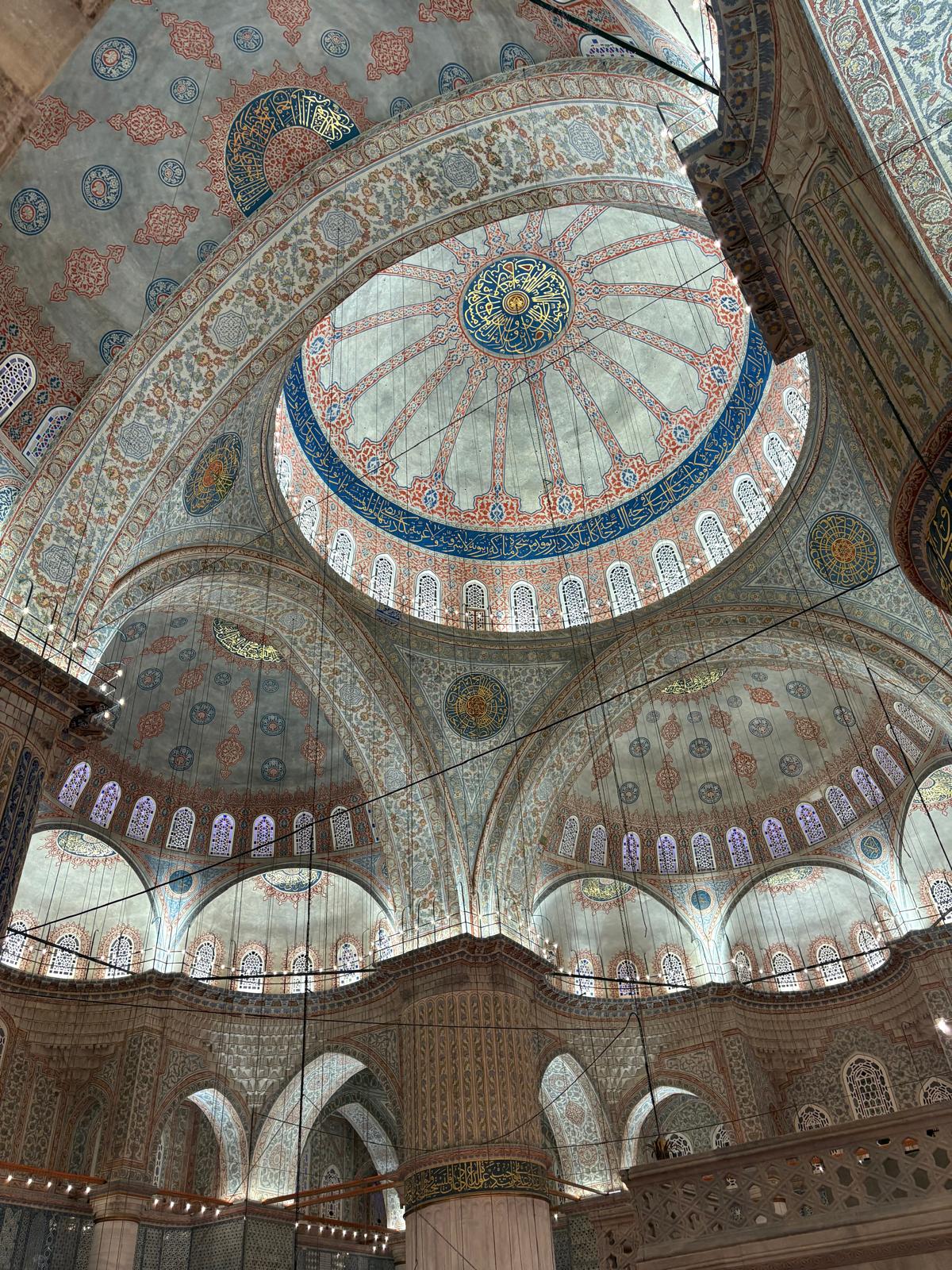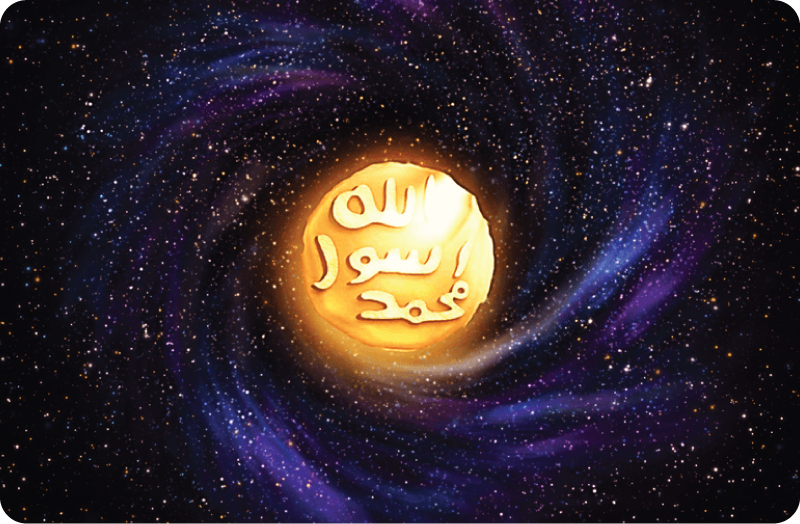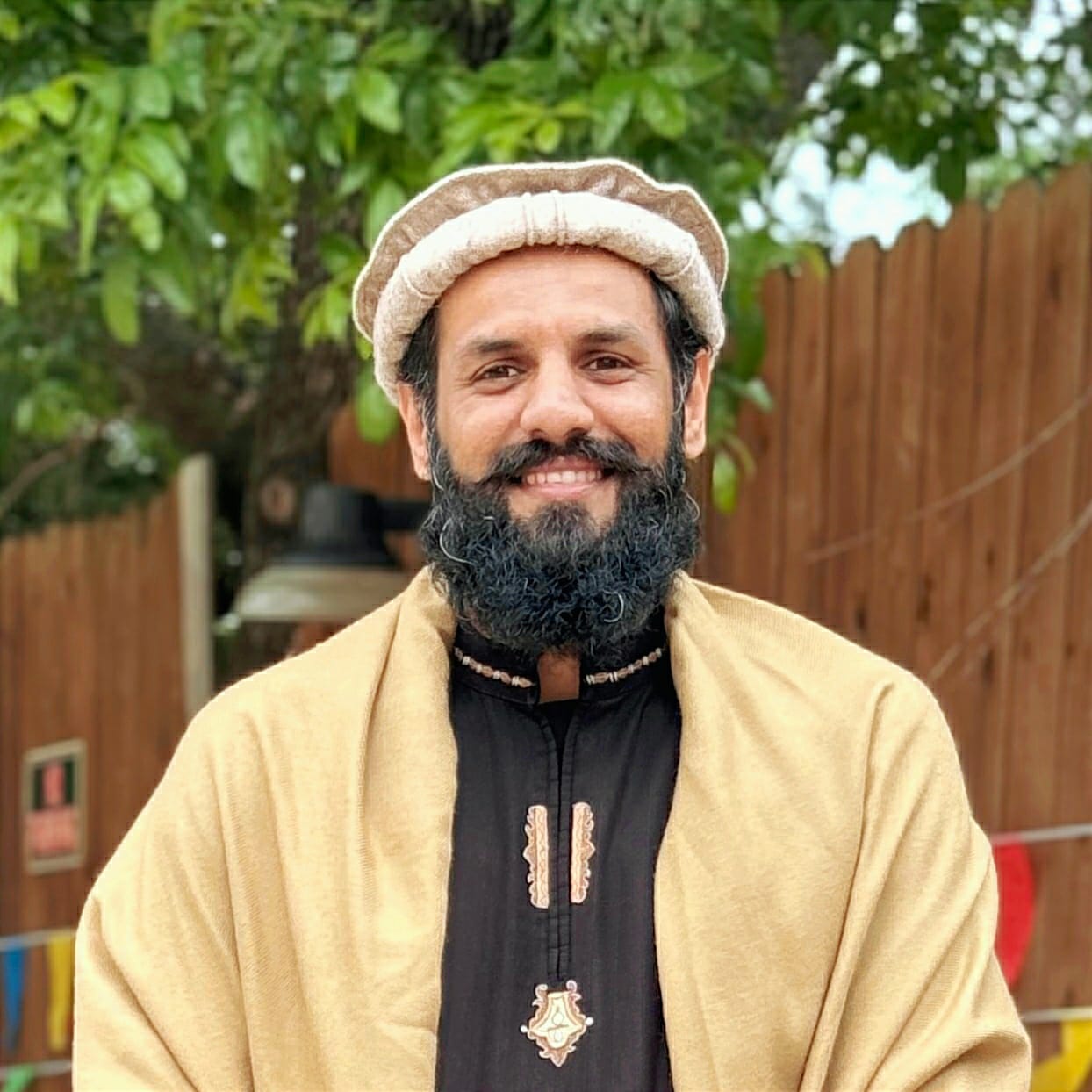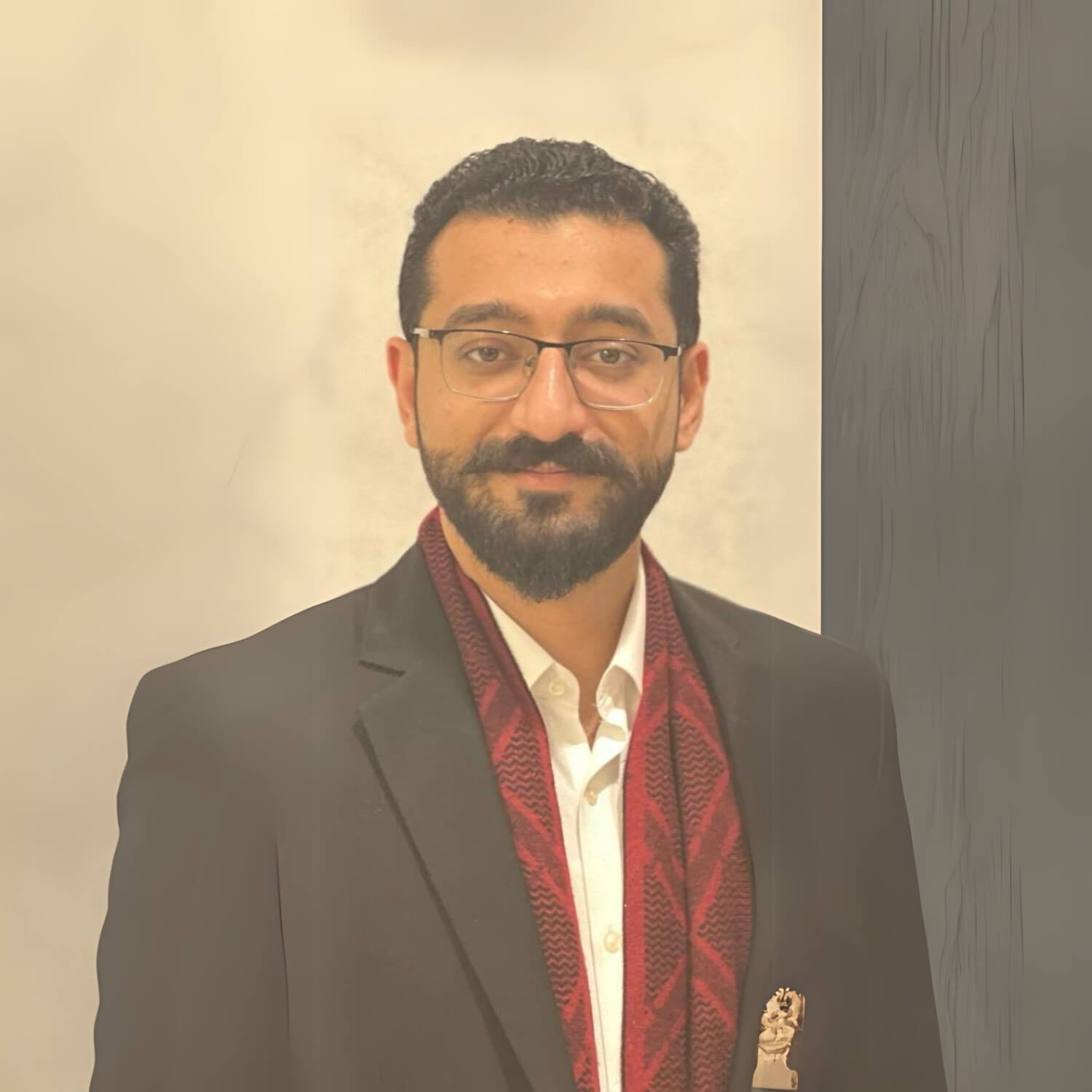Rethinking religion-science-philosophy relationship as unique methods of inquiry into the diverse signs of Allah in the loving embrace of the Beautiful Names

Uncover an approach to the Beautiful Names that has been in the blind spot of mainstream Muslim scholarship for at least two centuries.

Learn the lessons the natural world teaches us about the Beautiful Names through the medium of classical Arabic.

Rethinking religion-science-philosophy relationship as unique methods of inquiry into the diverse signs of Allah in the loving embrace of the Beautiful Names.
Uncover an approach to the Beautiful Names that has been in the blind spot of mainstream Muslim scholarship for at least two centuries.
Learn the ways in which the natural world helps us better understand the Beautiful Names, mediated by classical Arabic.
Al-Asmaa Institute aspires to establish an interdisciplinary academic platform where the objects of study of religion, science, and philosophy—which are studied in isolation from each other—are seen as the scriptural, natural, and cultural ayaat (signs) of Allah and studied in relationship to each other in the loving embrace of the Beautiful Names of Allah and the Noble Names of His Last Messenger (ﷺ).
Al-Asmaa Institute recognizes three major forces of education in the world—religion, science, and philosophy. Its orientation towards these three forces can be best illustrated with the help of a metaphor. Its example is like that of a seedling that has emerged from its home ground. With time, it grows simultaneously in three directions. The first direction is downwards, where the seedling embeds itself firmly in its home ground. The second direction is upwards, where its stem grows strong and becomes able to resist the elemental harshness of nature, thereby becoming a tree. The third direction is lateral and it happens both in the ground and above it. The tree’s roots expand outward, and on their journey, they encounter two new grounds. There, they find minerals and nutrients that they desperately need and couldn’t find in their home ground. Meanwhile, the branches of the tree also spread, providing shade, shelter, and fruits for people on its home ground as well as other grounds. The more variety of minerals and nutrients its roots bring to the tree, the more rich and succulent its fruits become.
Al-Asmaa Institute recognizes that religion, science, and philosophy are forces to be reckoned with because they have survived the test of Time (which is one of the Beautiful Names). It does not go for the intellectually “easy” route of discarding all of what they have said and done and trying to construct something from scratch. It opts for the more challenging route of building on their achievements while asserting firmly that their fragmentary approach to their respective objects of study is producing scholars with a thoroughly fragmented attitude towards Reality. However vague its vision is right now, Al-Asmaa Institute sees all objects of study as unique signs of Allah, each emphasizing a unique attribute of Allah and demanding to be brought in relationship with the other signs.
Al-Asmaa Institute traces the problem of fragmented knowledge to one of its humble beginnings—the names that are ascribed to the objects of study in religion, science, and philosophy. For example, the name “matter,” as it is understood in the scientific community and the name “spirit,” as it is understood in the religious community, are completely incompatible. The religious community may define “matter” in light of their scripture and authoritative figures, which makes it compatible with “spirit,” just as the scientific community may define “spirit” in light of their philosophical traditions and authoritative figures, in a way that makes it compatible with “matter”—but there can be no dialogue when there is no agreement at any level between the two communities on elementary names. Without this dialogue, any attempts to address the problem of fragmented knowledge is like trying to stitch two pieces of cloth with fingernails or trying to reconcile two individuals who can’t even stand the sight of each other.
Al-Asmaa Institute sees an opportunity in the intricately relational structure of the classical Arabic language and the wide semantic range of the Beautiful Names of Allah and the Noble Names of His Last Messenger (ﷺ) to initiate a new conversation. This conversation begins from within the religious circles that possess aesthetic sense-abilities and take intellectual honesty seriously, and attracts people of this temperament from the scientific and philosophical circles. By the Grace of Allah, it will be a win-win-win situation. Religion wants to produce individuals who can establish a personal relationship with Allah through His signs. Science wants to produce individuals who can ask novel and fruitful questions about the marvelous workings of the universe. Philosophy wants to produce individuals who can examine their ideas and understand their consequences for themselves and the world if they are acted upon consistently. The knowledge that will proceed from the platform of Al-Asmaa Institute can produce such individuals if Allah Wills.
The logo represents the thought that creates new possibilities for Life after establishing a relationship with revelation and the physical senses.
The spiral-like structure represents a creative stroke of the thought’s pen that is made in response to the blank paper’s question: “O Daughter of Adam! God has given you a chance to create something new through me. What will you create today? Will you create life, or will you create death?” The paper bears witness as the pen-bearer patiently makes her mark and breathes life into it according to any design she sees fit, with the permission of God.

The curved triangle represents the relationships that she makes (or does not make) as she pulls (or does not pull) the elements of God’s Worlds closer. These relationships (or lack thereof) will one day testify whether her creation was life-denying, sundering the paper’s unity into unrecognizable mutilated fragments, or life-generating, transforming it from monotony into an organic multiplicity of new patterns.
 What is it that distinguishes Islam from all other religions, sciences, and philosophies? It is its insistence that Allah, the One and Only Ultimate Reality, has Many Beautiful Names and that the believers must invoke these Names to call upon Him. Each Name represents Allah’s unique engagement with us mediated by the worlds of nature, language, and revelation.
What is it that distinguishes Islam from all other religions, sciences, and philosophies? It is its insistence that Allah, the One and Only Ultimate Reality, has Many Beautiful Names and that the believers must invoke these Names to call upon Him. Each Name represents Allah’s unique engagement with us mediated by the worlds of nature, language, and revelation.
The other unique attribute of Islam is its insistence that Muḥammad ibn ʿAbdullāh (ﷺ) is His last and final prophet and messenger. He told us of some of his names through an authentic hadith: Muḥammad (the oft-praised), Aḥmad (the most praised), Māḥī (the one who dispels disbelief), Ḥāshir (the one at whose feet people will gather on the Day of Reckoning), and ʿĀqib (the one who is the last prophet and messenger) [Bukhari and Muslim]. The scholars of Islam, out of love, have compiled a list of additional names based on the text of the Holy Qur’an and their general understanding of the Prophetic character. When studied in relationship to each other, these names direct us to understand how the Blessed One (ﷺ) brought his humanity, his identity, and his prophethood together in his person.
The Beautiful Names of Allah can help us understand the worlds of nature, language, and revelation in relationship to each other. The Noble Names of the Last Prophet (ﷺ) can help us understand how we can bring together these three worlds in our selves in unique ways. By the Grace of Allah, if we are able to pull this off, we will fulfill our unique promise to the peoples of the world as the followers of the Last One (ﷺ).

What is it that distinguishes Islam from all other religions, sciences, and philosophies? It is its insistence that Allah, the One and Only Ultimate Reality, has Many Beautiful Names and that the believers must invoke these Names to call upon Him. Each Name represents Allah’s unique engagement with us mediated by the worlds of nature, language, and revelation.
The other unique attribute of Islam is its insistence that Muḥammad ibn ʿAbdullāh (ﷺ) is His last and final prophet and messenger. He told us of some of his names through an authentic hadith: Muḥammad (the oft-praised), Aḥmad (the most praised), Māḥī (the one who dispels disbelief), Ḥāshir (the one at whose feet people will gather on the Day of Reckoning), and ʿĀqib (the one who is the last prophet and messenger) [Bukhari and Muslim]. The scholars of Islam, out of love, have compiled a list of additional names based on the text of the Holy Qur’an and their general understanding of the Prophetic character. When studied in relationship to each other, these names direct us to understand how the Blessed One (ﷺ) brought his humanity, his identity, and his prophethood together in his person.
The Beautiful Names of Allah can help us understand the worlds of nature, language, and revelation in relationship to each other. The Noble Names of the Last Prophet (ﷺ) can help us understand how we can bring together these three worlds in our selves in unique ways. By the Grace of Allah, if we are able to pull this off, we will fulfill our unique promise to the peoples of the world as the followers of the Last One (ﷺ).

Enrolled in a science or humanities program, takes his discipline seriously, and is dissatisfied with modern university education because of the way its curriculum and instruction are designed
Also takes his faith seriously, often wonders about the relationship between the two, and is troubled by the mutual indifference and the mutual hostility between the two
Wants to contribute to Pakistan, the Muslim Ummah in general, and humanity at large, but none of the present venues attract him strongly enough to invest himself in those endeavors

PhD (Candidate)
Philosophy
University of North Texas,
USA
I highly encourage everyone, especially those who are students and professionals, to experience this journey with Al-Asmaa institute. Their courses will open new intellectual and spiritual pathways and insights, enabling you to navigate the complexities of our modern problems. I pray and wish the team of Al-Asmaa Institute all the best, and may Allah (SWT) bless and guide their sacred mission.

PhD (Candidate)
Psychology
University of West Georgia,
USA
Even though the focal concern of this institute is, as its name suggests, with the Beautiful Names of God, the problematic attitudes plaguing our approach towards them are only symptomatic of our general habits of thinking inculcated by our cherished educational institutions—religious and secular alike. I could clearly see how similar problems vitiate contemporary psychology and its various sub-disciplines. How can we understand the Asmaa in relation to nature and culture? How could such seemingly distant areas, such as the Asmaa and psychology, be so intimately related to each other? If questions like these interest you, and if you would like to dive deeper into such affairs, I believe the resources available at this institute are conducive to such inquiries to a degree I have not seen elsewhere.

BS Computer Science
Lahore University of Management Sciences, Pakistan
It is a common theme in the Islamic tradition that Reality is the uniquely dazzling, interactive manifestation of the Beautiful Names of Allah (SWT) at every moment. In my humble opinion, Al-Asmaa Institute is the most courageous attempt to make this beautiful claim believable again in our strange and uncanny times. It opens itself to every domain of knowledge—with due respect and justice—to gather resources, bring them into relation, and transform our understanding and, ultimately, our relationship with God, His Prophets, and His Universe. The insights gleaned are potentially vital not only for a single tradition or field of knowledge but for all. Just as resources are gathered with openness, so too is their fruit shared with generosity.

BA (Candidate)
Comparative Literature & Creative Arts
Lahore University of Management Sciences, Pakistan
Al-Asmaa Institute should be cherished for its efforts since it is an incredible resource for anyone willing to increase their knowledge of God’s attributes as they manifest in the world, not merely from an academic perspective but for anyone on the blessed path of knowing God.
We are a team of two based in Pakistan interested in fostering a community around the study of the Beautiful Names from an interdisciplinary relational perspective.